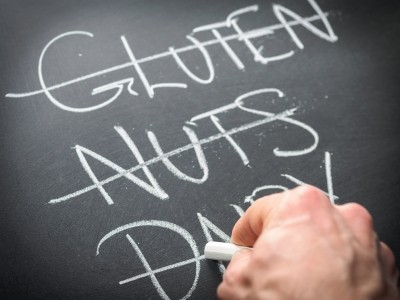What does ‘may contain’ mean? Half of labelled products are allergen-free

The UK Food Standards Agency (FSA) examined levels of milk, gluten, peanut or hazelnut in 1,016 packaged food samples carrying the allergy warnings ‘may contain X’ or ‘not suitable for someone with X allergy’.
“The number of samples with advisory labelling but no detectable hazelnut or peanut was just below 50%,” said FSA food allergy research manager Sarah Hardy. She said the survey results suggested cross contamination was well-controlled by manufacturers. The agency found traces of gluten and milk in products without advisory labelling, but not hazelnut or peanut.
“However, the levels found in the products were low so the FSA did not consider it to be a risk for people with allergies,” she said.
Industry best practice
Food manufacturers must label 14 allergens under EU law – peanuts, tree nuts, soybeans, mustard, eggs, lupin, milk, fish, cereals containing gluten, sesame, celery, sulphur dioxide, molluscs and crustaceans. For products that do not intentionally contain these as ingredients, current industry best practice is simply to take all necessary precautions to avoid cross contamination and flag up the possibility of allergens' unintentional presence.
Restricting choice
“Undeclared allergen cross-contamination in the UK is lower than found in other countries,” Hardy said. “…However, manufacturers need to regularly review their risk assessment and the application of precautionary allergen labelling to ensure that people with allergies are protected without unnecessarily restricting choice.”
For food allergic consumers, the agency recommends taking heed of ‘may contain’ labels, as ignoring them could put them at risk.
However, the FSA noted several variations on the advisory label. The most frequently used was ‘may contain traces’, which appeared on 38% of sampled products. Only 28% of products followed FSA advice to use either ‘may contain X’ or ‘not suitable for someone with an X allergy’.
“These variations have led some allergic consumers to believe that different types of advisory statements constitute different levels of risk,” the FSA said.
The European Academy of Anaphylaxis and Clinical Immunology (EAACI) has been pushing for stricter EU legislation on allergen labelling, saying that current laws on ‘may contain’ labelling are insufficient to protect those with food allergies.
The FSA survey is available online here.


















